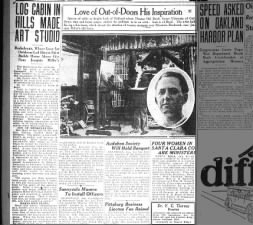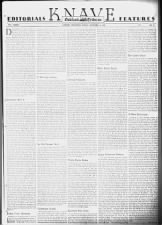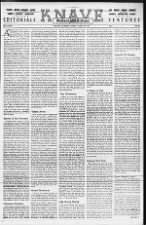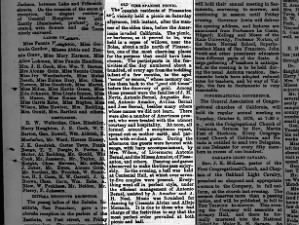Oakland was, and remains segregated. Read the sections below, about the Santa Fe Improvement Club, highlighted in yellow. According to Oakland Localwiki, "Santa Fe is a neighborhood of North Oakland near UCSF Benioff Oakland Children's Hospital." The headquarters of the Santa Fe Improvement Club were at 5457 Grove street. It is somewhat fitting that that address is now known as 5457 Martin Luther King Jr Way, and, according to the 2010 census, is a black community. Oakland is infamous for its history of redlining. Neighborhoods remain racially segregated. America remains racially divided. Racial hatred fuels our politics and helps keep the powerful in charge. I was motivated to research and share this following the murder of George Floyd, the protests in Minneapolis and Oakland, the response by the President to those protests, and the disproportionate number of African-American deaths due to covid19.
Know your history.




